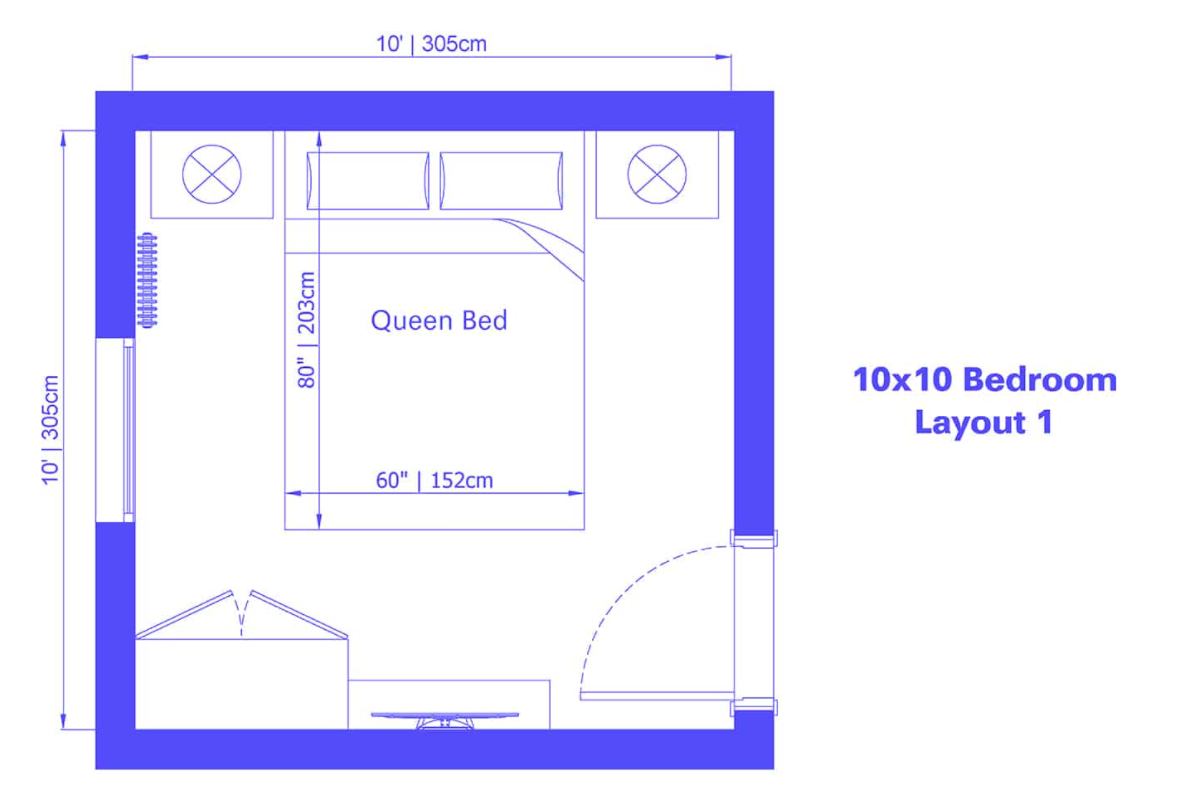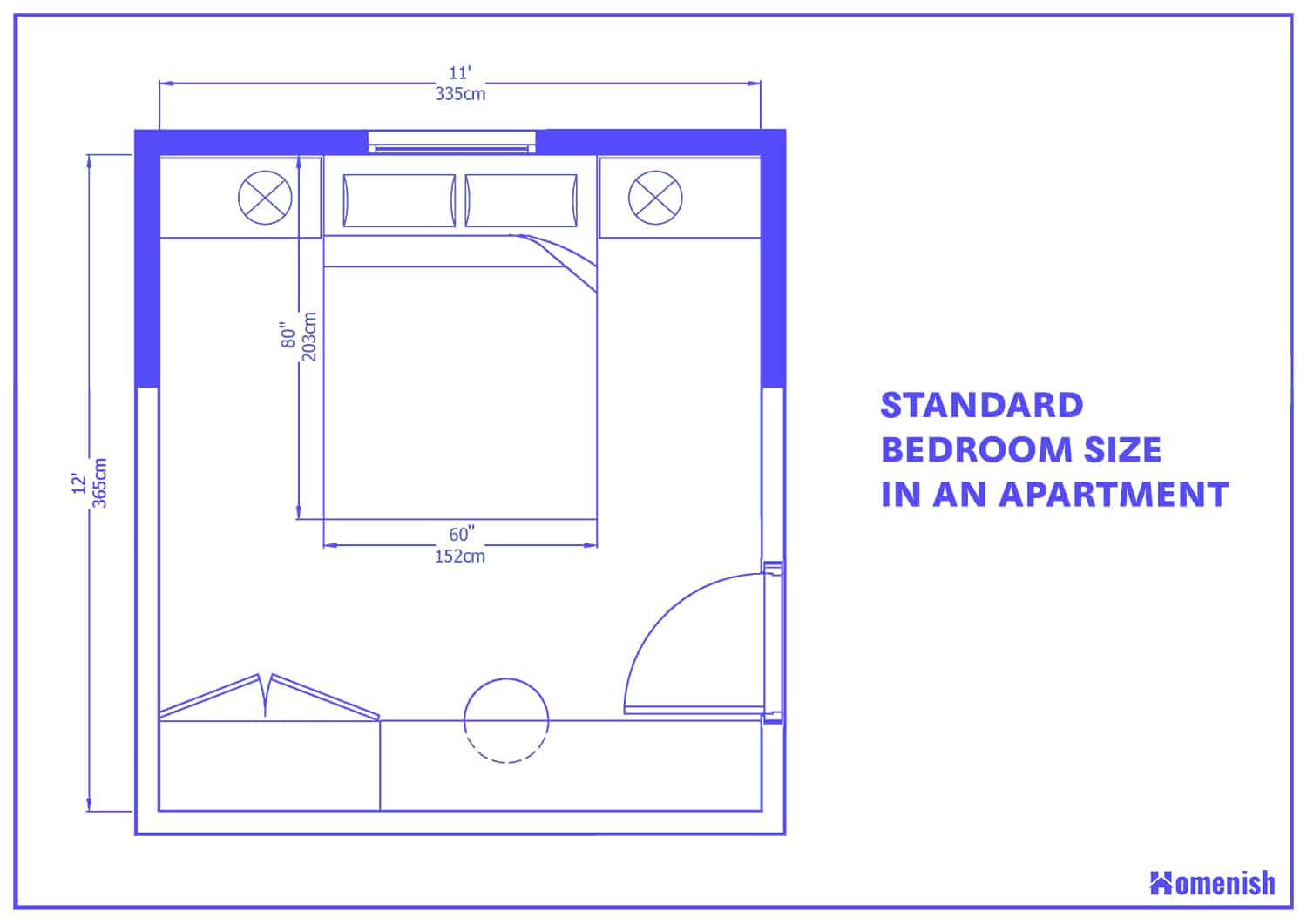Understanding Standard 3 Bedroom House Sizes

The size of a standard 3 bedroom house can vary significantly depending on a multitude of factors, including location, building codes, and market trends. This article delves into the typical square footage ranges for a 3 bedroom house across different regions, explores the size differences between urban and suburban homes, and examines the factors influencing the overall size of a standard 3 bedroom house.
Typical Square Footage Ranges for 3 Bedroom Houses
The square footage of a 3 bedroom house can vary greatly depending on the region. In general, larger homes are more common in areas with higher costs of living, while smaller homes are more prevalent in areas with lower costs of living.
- Urban Areas: In urban areas, 3 bedroom houses tend to be smaller, with a typical square footage range of 1,200 to 1,800 square feet. This is due to limited space and higher land values in urban centers.
- Suburban Areas: In suburban areas, 3 bedroom houses are typically larger, with a square footage range of 1,800 to 2,500 square feet. This is because land is less expensive in suburban areas, allowing for larger homes with more living space.
- Rural Areas: In rural areas, 3 bedroom houses can range from 1,500 to 3,000 square feet or more. The size of rural homes often depends on factors such as the availability of land, the lifestyle of the residents, and the local building codes.
Size Variations in Urban vs. Suburban Areas
The size of a 3 bedroom house can vary significantly between urban and suburban areas. Urban homes are often smaller due to limited space and higher land values. In contrast, suburban homes tend to be larger because land is less expensive, allowing for more living space.
- Urban Homes: Urban homes are often designed to maximize space efficiency. This can mean having smaller bedrooms, combined living and dining areas, or compact kitchens.
- Suburban Homes: Suburban homes are often characterized by larger bedrooms, separate living and dining rooms, and spacious kitchens. They may also include additional features such as basements, garages, and backyards.
Factors Influencing the Size of a 3 Bedroom House
Several factors influence the size of a standard 3 bedroom house, including building codes, local market trends, and family needs.
- Building Codes: Building codes can dictate the minimum and maximum size of a house, including the size of bedrooms, living areas, and bathrooms. These codes are designed to ensure the safety and livability of homes.
- Local Market Trends: The size of a 3 bedroom house can also be influenced by local market trends. In areas with high demand for housing, homes tend to be larger to accommodate larger families and higher living standards. Conversely, in areas with lower demand, homes tend to be smaller.
- Family Needs: The size of a 3 bedroom house is often determined by the needs of the family living in it. Families with young children may need more space for play areas and storage, while families with older children may prefer more privacy.
Room Dimensions and Layout Considerations: Standard 3 Bedroom House Size

A standard 3-bedroom house provides a comfortable living space for families and individuals alike. However, achieving optimal functionality and space utilization hinges on carefully considering room dimensions and layout. This section delves into typical room sizes, explores various layout possibilities, and discusses the advantages and disadvantages associated with different configurations.
Typical Room Dimensions
Understanding the typical dimensions of various rooms in a standard 3-bedroom house provides a valuable starting point for planning and designing. Here’s a breakdown of common room sizes:
- Bedrooms: Master bedrooms typically range from 12′ x 14′ to 14′ x 16′, while smaller bedrooms can be around 10′ x 12′.
- Bathrooms: Bathrooms in standard 3-bedroom houses often measure between 5′ x 8′ to 7′ x 10′.
- Living Rooms: Living rooms are generally spacious, with dimensions ranging from 12′ x 16′ to 14′ x 20′.
- Kitchens: Kitchens are typically between 10′ x 12′ to 12′ x 14′, providing ample space for cooking and dining.
- Other Common Areas: Entryways, hallways, and dining areas vary in size depending on the overall house layout. Entryways are usually around 5′ x 8′, while hallways can range from 3′ x 10′ to 4′ x 12′. Dining areas can be similar in size to bedrooms or smaller, depending on the design.
Sample Floor Plan
The following is a sample floor plan for a standard 3-bedroom house, showcasing various room sizes and layouts. It illustrates a common configuration with a central living area, separate bedrooms, and a functional kitchen.
Note: This is just a sample floor plan. Actual dimensions and layouts can vary based on specific house designs and architectural preferences.
[Insert Sample Floor Plan Description Here]
Layout Considerations, Standard 3 bedroom house size
Room layouts play a crucial role in maximizing functionality and space utilization. Here are some common layout considerations:
- Open Floor Plan: This layout promotes a sense of spaciousness by eliminating walls between the living room, kitchen, and dining area. It allows for easy flow and interaction but can sometimes lead to a lack of privacy.
- Closed Floor Plan: This layout emphasizes privacy by separating rooms with walls. It provides distinct spaces for different activities but can feel cramped if not designed properly.
- Master Suite: A master suite combines the bedroom, bathroom, and sometimes a walk-in closet into a single, luxurious space. This layout offers privacy and convenience but can take up a significant portion of the house’s square footage.
- Second-Floor Layout: Some 3-bedroom houses have bedrooms located on the second floor. This can create a sense of separation and privacy for the bedrooms but may require a staircase and may not be suitable for people with mobility limitations.
Advantages and Disadvantages of Different Layouts
Different room layouts offer distinct advantages and disadvantages, influencing the functionality and space utilization of the house.
- Open Floor Plan: Advantages include a sense of spaciousness, increased natural light, and easy flow between spaces. Disadvantages include potential noise pollution, lack of privacy, and difficulty in defining distinct areas.
- Closed Floor Plan: Advantages include increased privacy, sound insulation, and the ability to create distinct spaces for different activities. Disadvantages include a feeling of being cramped, potential for wasted space, and reduced natural light.
- Master Suite: Advantages include privacy, convenience, and a luxurious feel. Disadvantages include increased construction costs, potential for reduced square footage for other rooms, and the possibility of a less flexible layout.
- Second-Floor Layout: Advantages include increased privacy for bedrooms, potential for a more open floor plan on the first floor, and a sense of separation from the main living areas. Disadvantages include the need for a staircase, potential safety concerns for young children or elderly individuals, and potential for reduced natural light in bedrooms.
Exploring Variations in 3 Bedroom House Designs

The standard three-bedroom house is a versatile dwelling that can be adapted to suit a variety of lifestyles and preferences. Beyond the basic layout, there are several architectural styles and design elements that can significantly impact the overall look, feel, and functionality of a 3-bedroom home.
Exploring Different 3 Bedroom House Styles
Understanding the characteristics of various 3-bedroom house styles can help you determine which design best suits your needs and aesthetic preferences. Here’s a comparison of some common styles:
| House Style | Characteristics | Advantages | Disadvantages |
|---|---|---|---|
| Single-Story | One level, typically with a sprawling layout. | Easy accessibility, ideal for families with young children or seniors, lower construction costs. | Can require larger lot sizes, may not offer as much privacy as multi-level homes. |
| Two-Story | Two levels, with bedrooms often located on the upper floor. | Maximizes space on smaller lots, can offer greater privacy, allows for more creative design elements. | Stairs can be a challenge for some, potentially higher construction costs. |
| Split-Level | Features multiple levels connected by stairs, with different floor heights. | Offers a mix of open and private spaces, can be built on sloped lots, provides distinct living areas. | Can be more complex to design and build, may not be suitable for everyone. |
| Ranch | One-story design with a low-pitched roof, often characterized by a long, horizontal layout. | Easy accessibility, spacious open floor plans, typically affordable to build. | Can feel sprawling and lack privacy, may not offer as much vertical space as multi-level homes. |
Unique Architectural Features and Design Elements
While these styles provide a general framework, individual homes can be customized with unique architectural features and design elements that add character and functionality.
- Open Floor Plans: Modern homes often feature open floor plans that connect the kitchen, dining area, and living room, creating a sense of spaciousness and flow.
- Vaulted Ceilings: Vaulted ceilings can add height and drama to a room, making it feel more expansive.
- Skylights: Skylights bring natural light into the home, reducing the need for artificial lighting and creating a brighter, more airy atmosphere.
- Porches and Patios: Outdoor living spaces like porches and patios extend the living area, providing a place to relax and enjoy the outdoors.
- Built-in Features: Built-in cabinets, shelves, and seating can add functionality and a touch of elegance to a room.
How House Styles Influence Size and Layout
The choice of house style can significantly influence the overall size and layout of a 3-bedroom home.
- Single-story homes typically have larger square footage to accommodate all living spaces on one level.
- Two-story homes can achieve the same living area with a smaller footprint due to the vertical space.
- Split-level homes offer a balance between open and private spaces, with different levels for various activities.
- Ranch homes are known for their spacious, open floor plans, often featuring large living rooms and kitchens.
It’s important to consider your individual needs and preferences when choosing a house style. For example, if you have young children or mobility issues, a single-story home may be the best option. If you value privacy or want to maximize space on a smaller lot, a two-story home could be a better choice.
Standard 3 bedroom house size – A standard 3 bedroom house in the UK typically ranges from 90 to 120 square meters, offering ample space for a family. Understanding the average electricity usage of such a home is crucial for budgeting, and you can find insightful data on average electricity usage 3 bedroom house uk.
This information, combined with factors like insulation and appliance usage, can help homeowners make informed decisions about energy efficiency and cost savings.
A standard 3 bedroom house typically ranges from 1,500 to 2,500 square feet, offering ample space for families. If you’re seeking a more compact yet comfortable living experience, consider exploring nice 3 bedroom apartments near me. These apartments often offer modern amenities and convenient locations, providing a balanced approach to space and convenience.
While smaller than traditional houses, they can still provide a comfortable and stylish living environment for families or individuals.